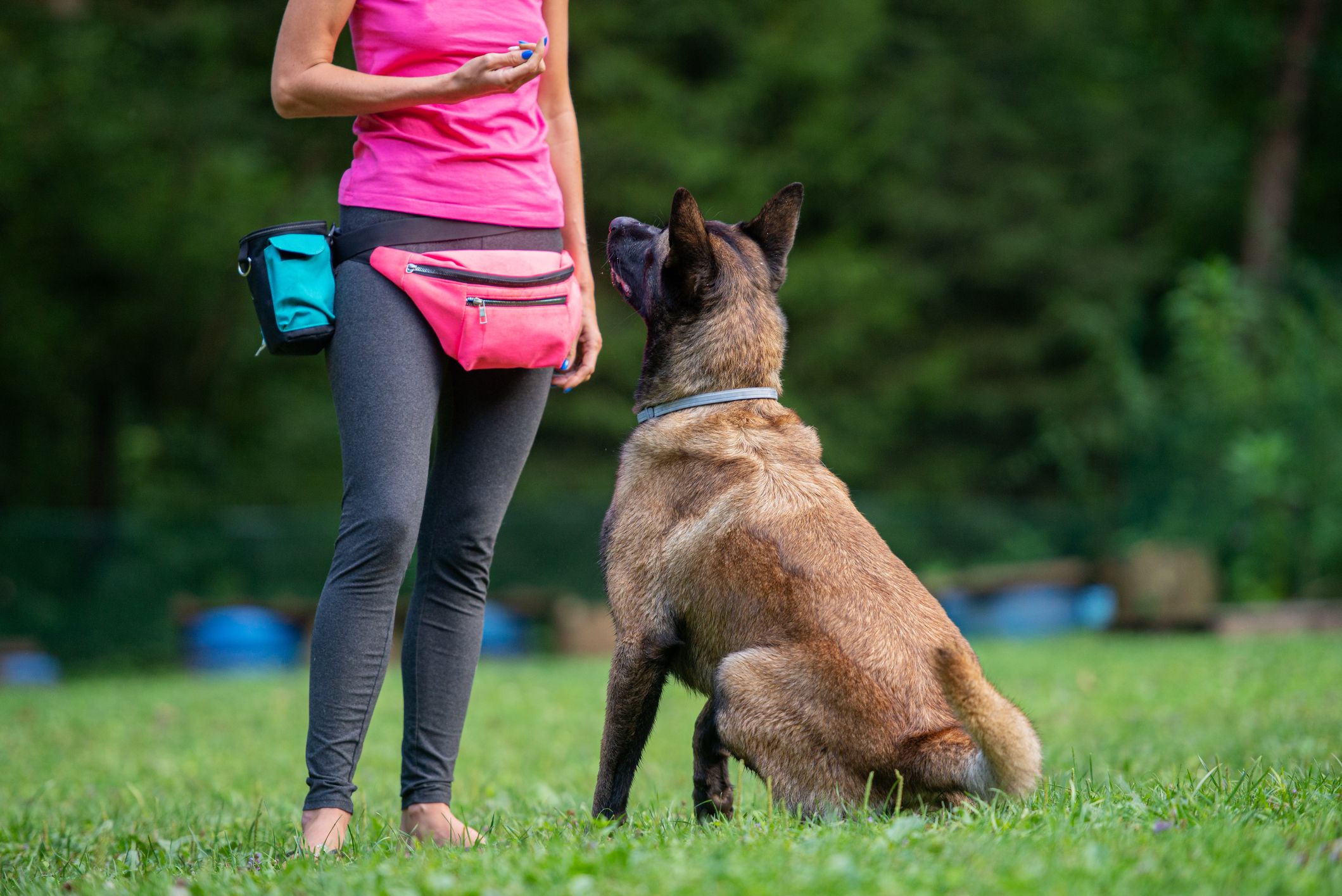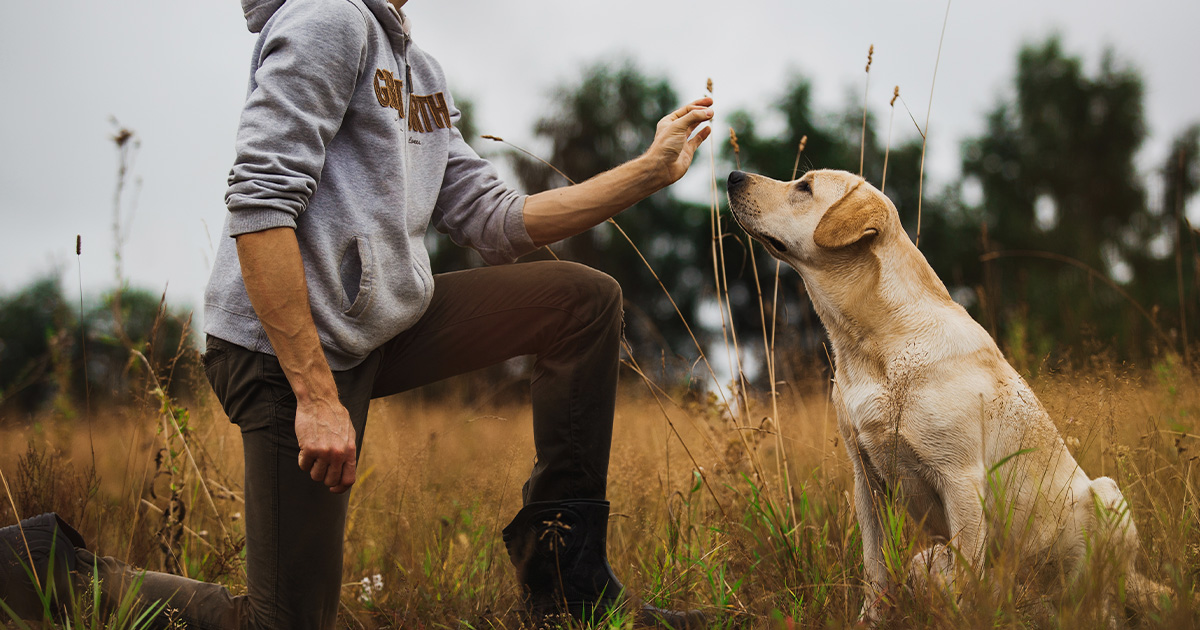Transform Your Canine's Behavior With Proven Training Approaches
Changing your pet's actions calls for a nuanced understanding of their individual qualities and requirements, in addition to the application of tested training techniques. By utilizing favorable reinforcement and acknowledging important signs in their body movement, you can properly address typical behavior problems such as too much leaping or barking. Uniformity in your training method not just boosts obedience yet also promotes a deeper bond of count on and regard in between you and your pet. Nevertheless, the path to effective change might present unexpected difficulties that warrant further exploration.

Recognizing Canine Behavior
Comprehending dog behavior is essential for efficient training and interaction between humans and their canine friends. Pet dogs, as social pets, show a series of habits affected by genetics, environment, and experiences. Identifying these habits assists proprietors tailor their training approaches to fulfill the certain demands of their pets.
Key facets of dog habits consist of body language, vocalizations, and social communications. A wagging tail often indicates exhilaration, while a reduced head might indicate entry or fear. Comprehending these signals can aid owners interpret their pet dog's psychological state and respond appropriately. Additionally, socializing plays an important duty in shaping habits; pet dogs that interact positively with other animals and different people are typically extra well-adjusted and versatile.
Moreover, identifying tension signals-- such as pacing, evasion, or panting habits-- can avoid acceleration right into a lot more significant concerns. Owners that are attuned to their dog's habits can create a nurturing and safe atmosphere, fostering count on and boosting the training procedure. Ultimately, a deep understanding of canine behavior lays the structure for an unified partnership and effective training outcomes, ensuring both dogs and their proprietors thrive with each other.
Positive Reinforcement Strategies
Positive reinforcement methods are extensively identified as one of one of the most efficient approaches for training pets, fostering a positive understanding environment. This strategy includes gratifying wanted behaviors with deals with, praise, or play, therefore urging the pet dog to duplicate those habits (Dog training). Unlike revengeful approaches, favorable support builds depend on and reinforces the bond in between the dog and the fitness instructor
To implement favorable reinforcement successfully, timing is critical. Rewards should be offered right away adhering to the preferred habits to aid the dog make the connection. Consistency is additionally vital; using the same commands and rewards aids the dog recognize what is anticipated. In addition, differing the benefits can keep the pet engaged. For instance, alternating between deals with, playthings, and spoken appreciation can keep rate of interest and inspiration.
It is necessary to note that favorable support is not regarding bribery; instead, it has to do with strengthening etiquette. Gradually, as the pet dog finds out to connect particular activities with favorable outcomes, the frequency of benefits can be progressively minimized, transitioning to verbal praise or periodic rewards. This approach not just motivates obedience however additionally advertises a pleased and confident dog, hop over to these guys making training a much more pleasurable experience for both parties included.
Attending To Typical Issues
Addressing typical concerns throughout pet training is crucial for ensuring a effective and harmonious partnership in between the dog and its owner. Several pet dog proprietors encounter behavior challenges, such as extreme barking, jumping, and leash drawing. Understanding the origin creates of these habits is critical for efficient training.
To minimize this, provide sufficient physical exercise, psychological excitement, and possibilities for social communication with both humans and other canines. Training the pet dog to rest upon welcoming can reroute this behavior positively.
Chain pulling is one more prevalent issue, frequently resulting from a canine's passion to check out. Making use of correct chain handling methods, integrated with training methods that urge loose-leash strolling, can dramatically enhance this actions.
Additionally, concerns like resource securing or try here separation anxiousness require customized strategies. Steady desensitization and counter-conditioning can be efficient in addressing these obstacles. By identifying and proactively handling these common concerns, pet dog owners can cultivate a much more pleasurable training experience and strengthen the bond with their canine friends.
Consistency in Training
Uniformity is a foundation of effective pet training, as it establishes a clear structure for the pet dog to understand assumptions and habits. When commands, benefits, and cues are applied consistently, dogs can extra readily realize what is needed of them. Irregular training can result in complication, causing unfavorable actions that irritate both the dog and the fitness instructor.
To achieve uniformity, it is vital that all participants of the home follow the same training techniques. For circumstances, utilizing the very same verbal hints and hand signals guarantees that the dog gets uniform messages. Additionally, the timing of incentives and modifications must correspond; immediate reinforcement raises the possibility that the pet will associate the habits with the end result.
Normal technique sessions, paired with organized routines for feeding, walking, and playtime, help dogs anticipate and understand their setting, making them more receptive to training. Inevitably, consistency cultivates a feeling of safety and count on, empowering pets to find out a lot more efficiently.
Building a Solid Bond
How can promoting a strong bond in between a pet dog and its proprietor enhance the training experience? When a pet feels secure in its link with its proprietor, it is much more most likely to display positive actions and be responsive to learning.

Furthermore, a well-established connection can reduce anxiety and behavior concerns, as pets are much less likely to act out when they feel understood and cared for. Prioritizing the development of a solid bond not just improves the training experience but additionally adds to a happier and more well-adjusted dog. Inevitably, the trip of training transforms into a joint collaboration, causing lasting behavioral improvements.
Verdict

Proprietors that are attuned to their dog's behavior can produce a secure and caring environment, cultivating trust and improving the training procedure. Inevitably, a deep understanding of canine actions lays the structure for a harmonious connection and effective training outcomes, making certain both pets and their proprietors grow together.
Dealing with typical problems during pet dog training is crucial for ensuring a unified and effective partnership between the dog and its proprietor (Dog training).Uniformity is a keystone of reliable pet training, as it develops a clear structure for the pet dog to comprehend expectations and habits.In conclusion, changing a pet's actions via confirmed training approaches calls for an understanding of canine habits, the application of favorable support methods, and a focus on consistency